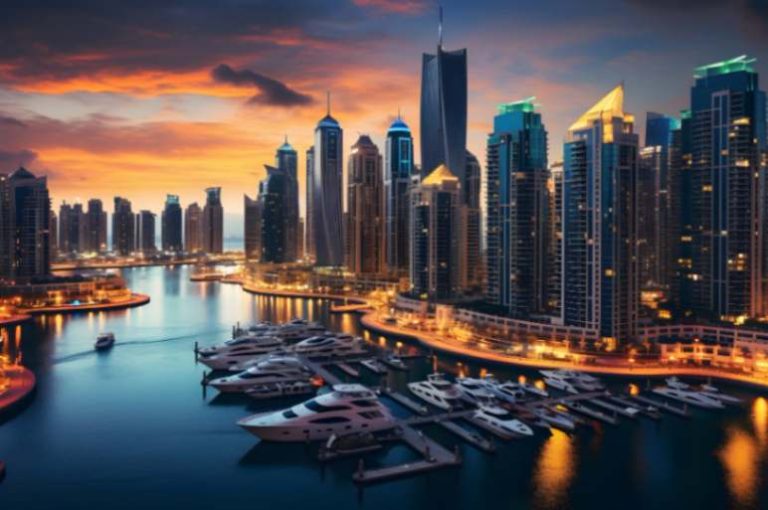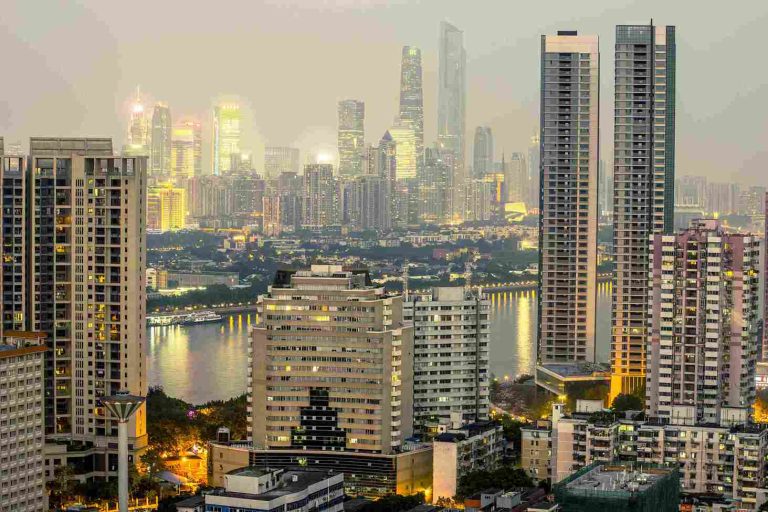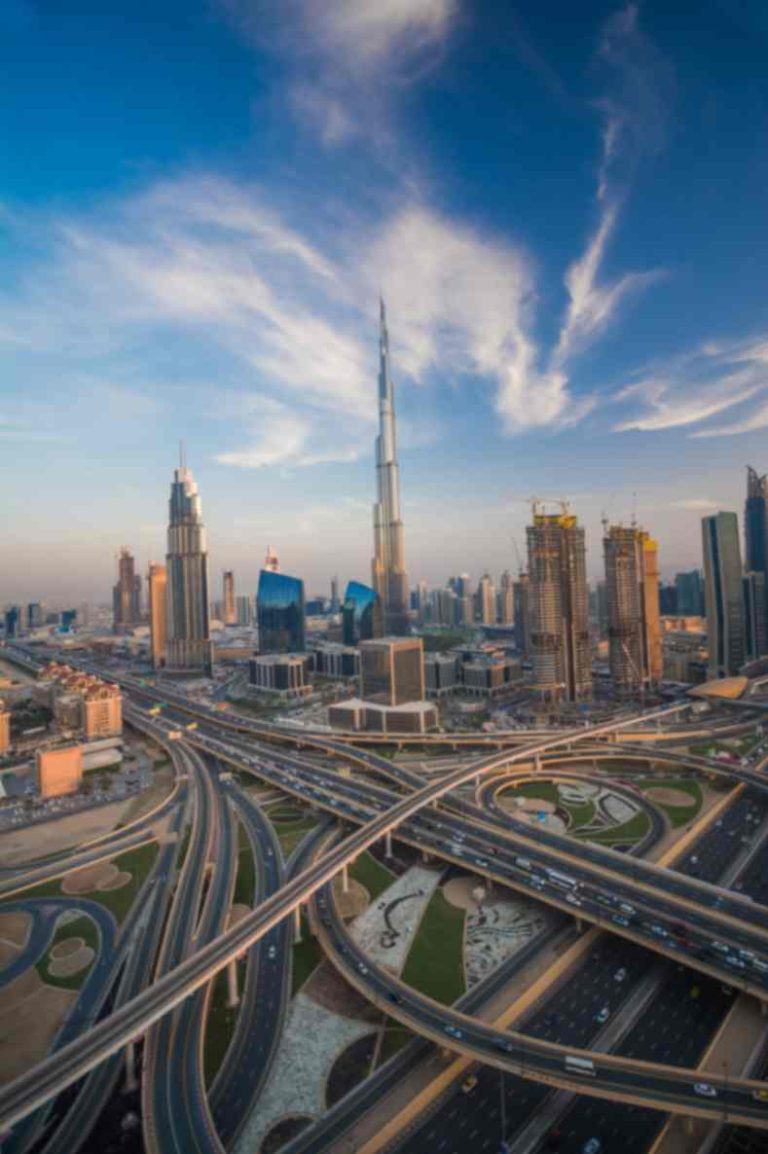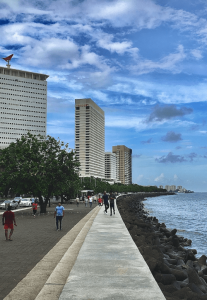Indian Luxury Real Estate Vs Dubai Luxury Real Estate
Introduction
Indeed, the international market of luxury real estate has always been a rapidly developing and leading segment that attracts investors and high-net-worth individuals from all over the world. In recent years, two markets that have made strides are India and Dubai. This comparative analysis of both regions offers opportunities and challenges in the luxury real estate sector; and for those potential investors and buyers to learn much from this comparison.
The luxury real estate segment has quickly grown in India, a country that is fast developing and whose urban population is also growing by leaps and bounds. In the same way, prominent urban areas such as Mumbai and Delhi have turned into hothouses for luxury properties that respond to a rising aspirant class. On the other hand, the market of luxury real estate in Dubai is characterized by architectural marvels and global status attracting international investors and celebrities from different countries.
This analysis will touch upon the subtle points of both these markets, highlighting their similarities and differences, such as market trends, investment opportunities, and regulatory environment.
The Landscape of Indian Luxury Real Estate
Overview of Current State
However, the luxury real estate sector in India has undergone a radical change over the last ten years. The development is not limited to urban cities but also reaches two-tier cities.
The cities turn into the capitals of luxury, architecture, and design becoming centers of major urban areas such as Mumbai, Delhi, or Bengaluru.
Key Markets and Features
Mumbai: It is famous for its tall apartment blocks which overlook the sea. Regions such as those in South Mumbai, Bandra, and Juhu are most coveted for their privacy.
Delhi: Offers spacious apartments and luxurious bungalows in the affluent neighborhoods of Vasant Vihar, Greater Kailash, and Lutyens’ Delhi.
Bengaluru: The region is well-known for its upscale homes and gated communities, particularly along Whitefield and Sarjapur Road.
Recent Trends and Growth Drivers
Increased Demand from NRIs: The Indian Deluge and related areas have experienced NRIs’ tendency to invest in luxury real estate projects because of various factors, such as the depreciation value of the country’s currency unit – the Indian Rupee, or nostalgia for the homeland.
Rise of the Millennial Millionaires: The new generation of rich Indians, both the startup founders and high-net-worth individuals are stimulating the demand for modern homes with a rather complicated technological structure.
Government Initiatives: These policies such as the Real Estate (Regulation and Development) Act are important because it has brought more clarity into the market thus creating a trust that allows room for investment.
The Landscape of Dubai Luxury Real Estate
Overview of the Market
Dubai’s luxury real estate market is well-known throughout the world for its many luxuries, contributions to architecture, and multiculturalism. The market caters to a diverse, international audience that includes celebrities, businesspeople, and well-off people.
The location of the city is very strategic, free from taxes, and has a high standard of living while all these factors contribute to its reputation as an ideal place for luxury homes.
Key Areas and Characteristics
Palm Jumeirah: Known for its palm-den island, these regions feature luxury beachfront villas and apartments that have a mesmerizing view of the ocean with state-of-the-art equipment.
Downtown Dubai: This is where the well-known Burj Khalifa, a pool of luxury apartments and high-end shopping areas as well as recreation establishments.
Dubai Marina: Dubai is famous for skyscrapers, luxury yachts, and bright nightlife with a variety of high-priced apartments on the market.
Factors Fueling Market Growth
International Appeal: Due to its international standing as a global economic and tourism center, Dubai attracts foreign investors in search of premium properties.
Government Policies: Schemes such as long-stay visas for property investors and loosened laws on the acquisition of real estate have guaranteed that foreigners could invest in Dubai’s real estate effortlessly.
Comparative Analysis
Price Trends
Indian Market: Depending on the city and particular locality, prices in India’s luxury real estate market vary significantly. Delhi and Mumbai are among the most expensive cities. However, luxury real estate in India is typically less expensive when measured against international standards.
Dubai Market: Although the cost of luxury real estate in Dubai is generally greater, it offers exceptional architectural marvels and a range of lifestyle facilities. Property values are often premium due to the city’s worldwide popularity.
Investment Opportunities
India: The country has a higher potential for long-term capital appreciation due to its growing economy and rising urbanization. As opposed to Dubai, rental yields are not as great here.
Dubai: renowned for its consistent rental returns and comparatively better short-term return on investment. International tenants are drawn to the market in large numbers, guaranteeing a stable flow of rental income.
Market Regulations
Indian Regulations: RERA’s implementation has boosted developer compliance requirements while also increasing transparency. International investment is encouraged, although there are procedures and limitations in place.
Dubai Laws: Dubai is renowned for having laws that are advantageous to investors. Foreign investors find it easier to enter this market because of its low property taxes and 100% foreign ownership in freehold zones.
Buyer Demographics
India: Luxury real estate is bought by a mix of high-net-worth people, non-resident Indians (NRIs), and modern enterprises. The market is seeing an increase in the entry of younger consumers.
Dubai: A considerable fraction of buyers in Dubai, aside from native Emiratis, are from Europe, Russia, and the Middle East, making up the city’s very international buyer demographic.
Challenges and Future Outlook
Challenges
The Indian market has several difficulties, including the need for infrastructure development in expanding urban areas, regulatory changes, and the effect of economic swings on luxury expenditure.
The Dubai market is highly dependent on geopolitical stability and global economic trends. Maintaining the market’s appeal in the face of intensifying international competition for premium real estate is another difficulty.
Future Outlook
India: Continued economic expansion and a rise in the number of affluent people are expected to fuel stable growth in this country. The market will probably grow more transparent and organized, drawing in more foreign capital.
Dubai: Most likely to continue to be one of the top locations for luxury real estate. Dubai’s continued efforts to diversify its economy and its standing as a secure and business-friendly location may be advantageous to the market.
Both markets have room to grow, but they will each need to successfully overcome certain obstacles. Whereas Dubai’s market might concentrate on innovation and preserving its distinctive products in the global real estate scene, the Indian market might profit from emphasizing sustainable development and enhanced infrastructure.
Conclusion
In conclusion, there are distinct potential and difficulties in the luxury real estate markets of Dubai and India. India’s market is distinguished by its potential for sustained expansion, propelled by economic progress and a growing affluent populace. A more organized and transparent market is being created by the implementation of legislative improvements like RERA, and this will likely attract more foreign investment in the future.
In contrast, Dubai continues to be a popular choice for luxury real estate investors because of its magnificent architecture and hospitable environment. The market’s future looks bright because Dubai attempts to diversify its economy and maintain its reputation as a haven for businesses.
Buyers and investors will primarily choose between luxury real estate in India and Dubai depending on their investment goals, risk tolerance, and preferred lifestyle or returns. Due to their distinct characteristics, both markets remain significant in the global history of luxury real estate and present compelling cases for a range of investment types.








